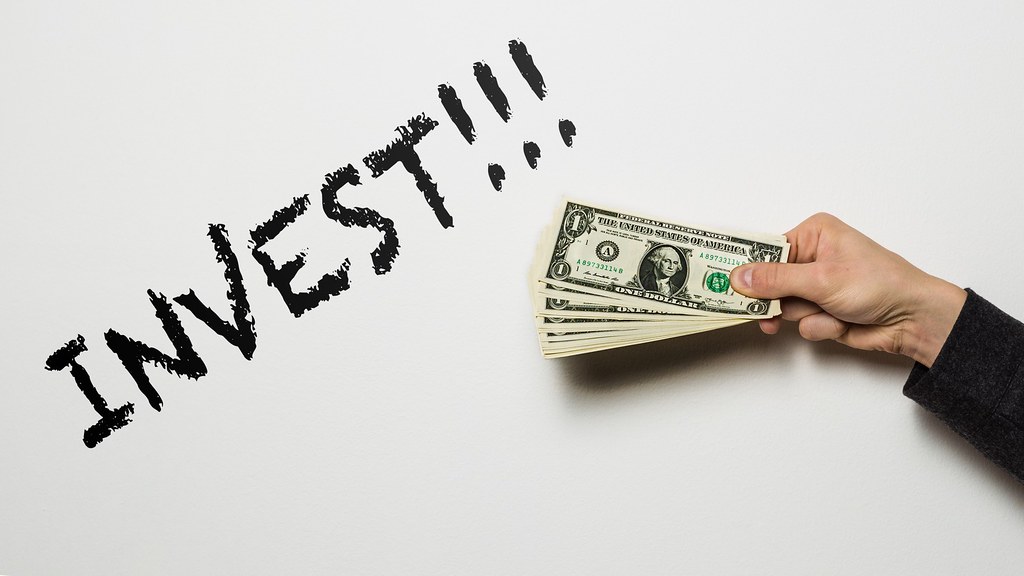
Understanding Inflation: A Simple Guide
Inflation, a term frequently heard in economic discussions and news reports, can often seem complex and daunting. However, the core concept is quite straightforward: it refers to the rate at which the general level of prices for goods and services is rising, and consequently, the purchasing power of currency is falling. In simpler terms, inflation means that your money buys less than it used to. This article breaks down inflation into easily digestible parts, exploring its causes, effects, measurement, and how it impacts everyday life.
What is Inflation?
At its most basic, inflation is the decline of purchasing power of a given currency over time. This decline is reflected in the increase in the average price level of a basket of selected goods and services in an economy over some period. When the general price level rises, each unit of currency buys fewer goods and services.
Imagine a scenario where a loaf of bread costs $2 today, but next year, the same loaf costs $2.20. This increase in price represents inflation. Your dollar now buys less bread than it did before.
Causes of Inflation
Inflation doesn’t just happen randomly. It’s typically driven by underlying economic factors. Here are the most common causes:
-
Demand-Pull Inflation: This occurs when there is an increase in aggregate demand in an economy. Aggregate demand represents the total demand for goods and services in an economy at a given price level. If demand outpaces the available supply, prices are "pulled" upward. Factors that can cause demand-pull inflation include:
- Increased Consumer Spending: When consumers are confident about the economy, they tend to spend more, which increases demand.
- Increased Government Spending: Government projects and spending can inject money into the economy, driving up demand.
- Increased Export Demand: If foreign demand for a country’s products increases, it can lead to higher prices for those products.
-
Cost-Push Inflation: This happens when the costs of production for businesses increase. These increased costs are then passed on to consumers in the form of higher prices. Factors that can cause cost-push inflation include:
- Rising Wages: If wages increase without a corresponding increase in productivity, businesses may raise prices to cover the higher labor costs.
- Increased Raw Material Costs: If the cost of raw materials like oil, metals, or agricultural products goes up, businesses will likely increase prices.
- Supply Shocks: Disruptions to the supply chain (e.g., natural disasters, geopolitical events) can lead to higher prices due to scarcity.
-
Built-In Inflation: This type of inflation is related to expectations. Workers expect wages to rise at a certain rate, and businesses anticipate that their costs will increase. This leads to a wage-price spiral where wages and prices chase each other upwards.
-
Increased Money Supply: A rapid increase in the money supply (the total amount of money in circulation) without a corresponding increase in the production of goods and services can lead to inflation. When there’s more money chasing the same amount of goods, prices tend to rise.
Measuring Inflation
Inflation is typically measured using indices that track the changes in the prices of a basket of goods and services over time. Here are two common measures:
-
Consumer Price Index (CPI): The CPI measures the average change over time in the prices paid by urban consumers for a basket of consumer goods and services. This basket includes things like food, housing, transportation, medical care, and recreation. The CPI is widely used to track inflation and adjust wages, salaries, and other payments.
-
Producer Price Index (PPI): The PPI measures the average change over time in the selling prices received by domestic producers for their output. It tracks price changes from the perspective of the seller. PPI can sometimes be a leading indicator of CPI because changes in producer prices often get passed on to consumers.
The inflation rate is calculated as the percentage change in the price index (either CPI or PPI) over a specific period, such as a month or a year.
Effects of Inflation
Inflation can have a wide range of effects on individuals, businesses, and the economy as a whole:
-
Reduced Purchasing Power: The most direct effect is that your money buys less than it used to. This can be particularly challenging for people on fixed incomes, such as retirees.
-
Increased Uncertainty: High or volatile inflation can create uncertainty for businesses and consumers, making it difficult to plan for the future. Businesses may be hesitant to invest, and consumers may delay purchases.
-
Redistribution of Wealth: Inflation can redistribute wealth from lenders to borrowers. If you borrow money at a fixed interest rate and inflation rises, the real value of your debt decreases. Conversely, lenders receive payments that are worth less in real terms.
-
Erosion of Savings: Inflation can erode the real value of savings. If the inflation rate is higher than the interest rate you’re earning on your savings, your money is losing purchasing power over time.
-
Impact on International Trade: Inflation can affect a country’s competitiveness in international trade. If a country’s inflation rate is higher than its trading partners, its exports may become more expensive, and its imports may become cheaper.
-
Menu Costs: Businesses face "menu costs," which are the costs of updating prices, such as reprinting menus, changing price tags, and updating online stores.
Who Benefits and Who Suffers?
- Beneficiaries:
- Borrowers: Particularly those with fixed-rate loans, as the real value of their debt decreases.
- Assets Holders: People who own assets like real estate or stocks may see their value increase during inflationary periods.
- Sufferers:
- Lenders: As the money they receive back is worth less.
- Those on Fixed Incomes: Like retirees, who may find it difficult to keep up with rising prices.
- Savers: As inflation erodes the value of their savings.
How to Protect Yourself from Inflation
While you can’t completely insulate yourself from inflation, there are steps you can take to mitigate its effects:
-
Invest in Inflation-Protected Assets: Consider investing in assets that tend to hold their value or increase in value during inflationary periods, such as:
- Treasury Inflation-Protected Securities (TIPS): These are government bonds that are indexed to inflation.
- Real Estate: Real estate often appreciates in value during inflationary periods.
- Commodities: Commodities like gold and oil can serve as a hedge against inflation.
-
Negotiate Salary Increases: Try to negotiate regular salary increases to keep pace with inflation.
-
Budget Wisely: Create a budget and track your spending to identify areas where you can cut back and save money.
-
Minimize Debt: Reduce your debt burden, especially high-interest debt, to minimize the impact of rising interest rates.
-
Shop Around: Compare prices and look for deals to get the most for your money.
Conclusion
Inflation is a fundamental economic concept that affects everyone. By understanding its causes, effects, and how it is measured, you can make informed financial decisions and protect yourself from its negative consequences. While inflation is a normal part of a healthy economy, it’s essential to stay informed and take steps to manage its impact on your personal finances.



